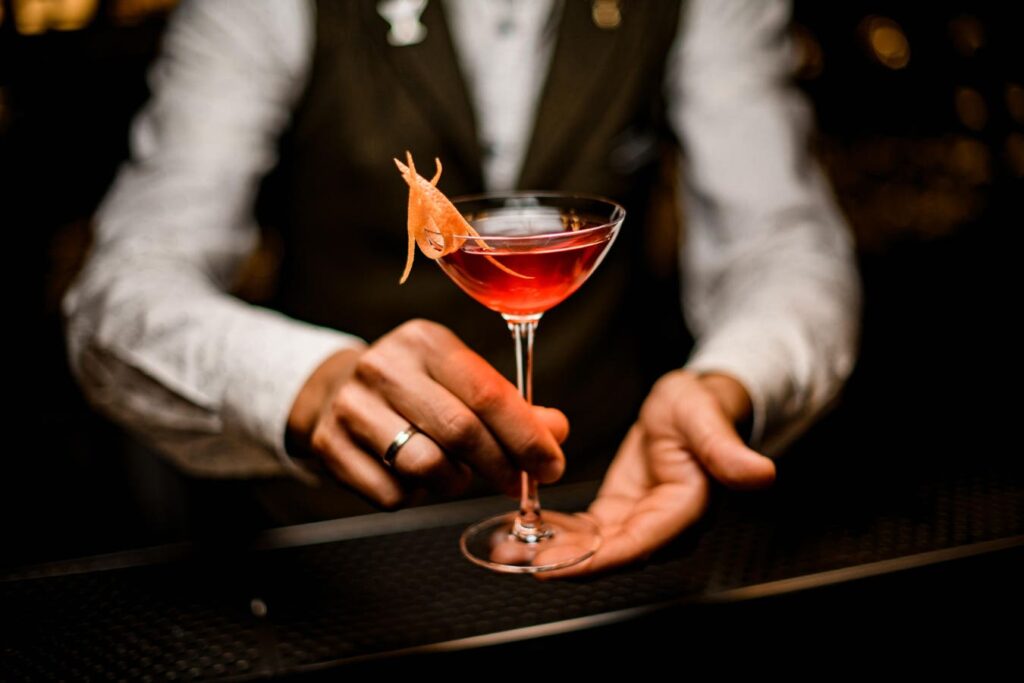From the elite sanctuaries of the 19th century to the modern exclusivity of Soho House, New York City’s social clubs have mirrored the city’s shifting power dynamics and cultural movements. While the traditional clubs endure, the city’s newer social spaces reflect a redefinition of what it means to “belong” in New York: values such as creativity, connectivity, and diversity.
New York City Redefines Elite Social Networking
Maybe New Yorkers are simply getting more creative, but the definition of what constitutes an elite social club is also branching out farther than ever from its aristocratic roots. Clubs synonymous with the spaces that host their gatherings — from the historic Metropolitan Club, founded by J.P. Morgan, to the ultra-exclusive Jazz Club at Aman — are being mirrored in intellectual and community-driven programming in luxury residences.
The result is a forward-thinking model for socializing. It’s based around a less tangible set of luxuries, and more around values that appeal to the 1 percent in unique ways. Consider the luxury of unplugging — turning off your phone and being unreachable in the middle of the day, rubbing elbows with your ultra-high-achiever friends at a deliciously catered soiree — all without leaving your house. Or your rich friend’s.
Luxury Real Estate In New York City
Exclusivity among the Manhattan clubs was historically defined by high membership fees. Among the emerging residential clubs, the greatest barrier to entry might be their referral-only policy. In other words, it’s all about who you know.
“The fee-based membership model in a residential club is not the norm,” said Michael Fazio, Chief Creative Officer at LIVunLtd , “though in the luxury rental space, which is booming right now, we are starting to see hybrids emerge.”
Fazio cited the examples of intimate, curated conversations with thought leaders in their respective industries like former Barstool Sports CEO Erika Badan, author Kevin Maney, and neuroscientist Dr. Kamran Fallahpour. More than an excuse for the host to show off their bespoke manse, these events centered around keynote speakers fostered thoughtful connections among neighbors and their guests.
Of course, it’s also a chance for the host to show off.
“We see residents in the buildings we serve hosting in beautifully designed common areas — fully appointed spaces with dishware, glassware, sometimes even chef’s kitchens,” Fazio said. “Our Lifestyle Managers often serve as personal event planners, coordinating everything from catering to cleanup. You can have a dazzling dinner party while your apartment stays completely untouched, no worries about red wine spilling on your beige silk rug!”
The Luxury Residence Club Model In New York City Real Estate
A luxury residence-based club model is replicable at scale in other large, global cities: London, Paris, Shanghai, and Milan, to name a few. Yet nowhere in the U.S. is it more viable than in New York, where vertical living, defined neighborhoods, and layered culture create fertile ground for these micro-communities.
Finding your community offline might be challenging for some. In Manhattan, money goes a long way. As Fazio says: “The 1% know what they’re looking for — exclusivity, discretion, high barriers to entry, and often a referral-only policy. That’s how they filter for ‘their people.’”
Read the full article here

